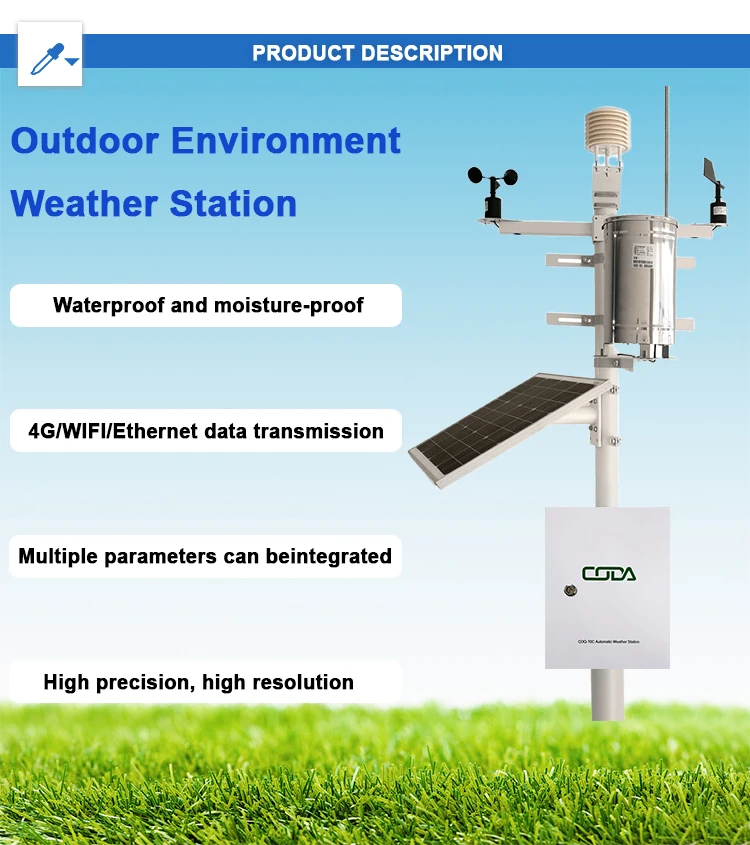
# Advantages and Disadvantages of Automatic Weather Stations
## Introduction
Automatic Weather Stations (AWS) have revolutionized the way we collect and analyze meteorological data. These self-contained systems provide continuous weather monitoring without the need for constant human intervention. While they offer numerous benefits, they also come with certain limitations that users should consider.
## Advantages of Automatic Weather Stations
### 1. Continuous Data Collection
AWS operate 24/7, providing uninterrupted weather data regardless of time or weather conditions. This continuous monitoring allows for more comprehensive datasets compared to manual observations.
### 2. Remote Monitoring Capabilities
Modern AWS can transmit data in real-time to central databases, enabling meteorologists and researchers to access information from remote locations without physical presence at the station.
### 3. Reduced Human Error
By eliminating manual readings, AWS minimize human errors in data collection. Automated sensors provide consistent measurements with high precision.
### 4. Cost-Effective Operation
While initial setup costs can be significant, AWS reduce long-term operational expenses by eliminating the need for constant staffing at observation sites.
### 5. Versatile Applications
These stations can be deployed in various environments – from urban areas to harsh, inaccessible locations – expanding our ability to monitor weather patterns globally.
## Disadvantages of Automatic Weather Stations
### 1. High Initial Investment
The sophisticated equipment required for AWS comes with substantial upfront costs, including sensors, data loggers, and communication systems.
### 2. Maintenance Requirements
Regular calibration and maintenance are essential to ensure data accuracy. Sensor drift and equipment failures can compromise data quality if not addressed promptly.
### 3. Limited Sensor Capabilities
While AWS measure standard parameters like temperature and humidity, they may lack the capability to observe certain weather phenomena that human observers can identify.
### 4. Power Dependence
Most AWS rely on continuous power supplies, making them vulnerable to outages. Backup systems add to the complexity and cost of operation.
### 5. Data Interpretation Challenges
The vast amount of data generated requires sophisticated analysis tools and skilled personnel to interpret correctly and derive meaningful insights.
## Conclusion
Automatic Weather Stations represent a significant advancement in meteorological observation, offering numerous advantages in data collection and analysis. However, their implementation requires careful consideration of costs, maintenance needs, and technical limitations. As technology continues to evolve, we can expect AWS to become even more reliable and versatile in weather monitoring applications.